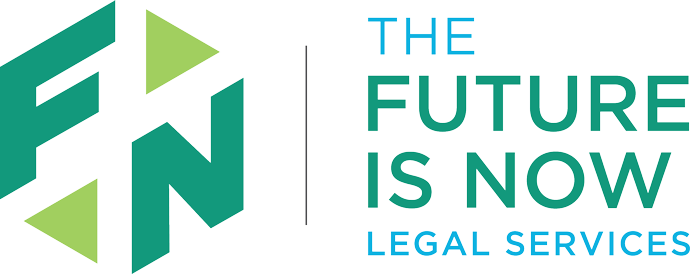Traditionally, providing legal services in this country has been the sole province of lawyers. In recent years, however, trends such as a changing lawyer demographic, the evolving nature of clients, and the increased impact of technology on our work are raising questions about the ability of conventional practice models to meet current needs. As consumer demand increases, new models for the delivery of legal services are emerging.
In June 2012, the Washington Supreme Court adopted Admission and Practice Rule 28, creating the first limited license practitioner in the United States. The first LLLTs were licensed in the summer of 2015 in the area of family law and started providing services to the public upon licensure.
It is important for the public and all components of the legal and judicial arenas to understand the training, education, scope of practice, and rules and regulations that the LLLTs are governed by in order to maximize their positive impact on providing legal services.
